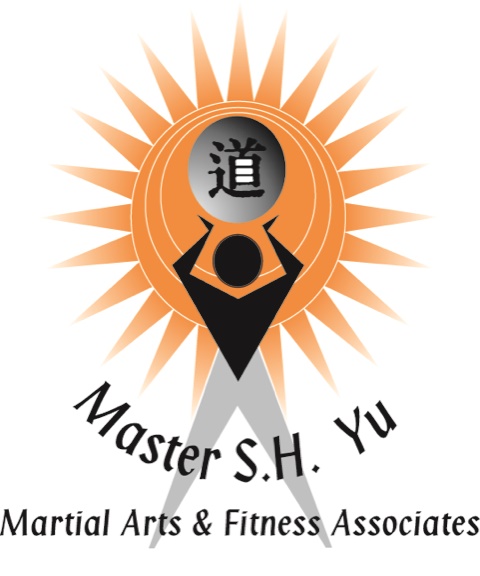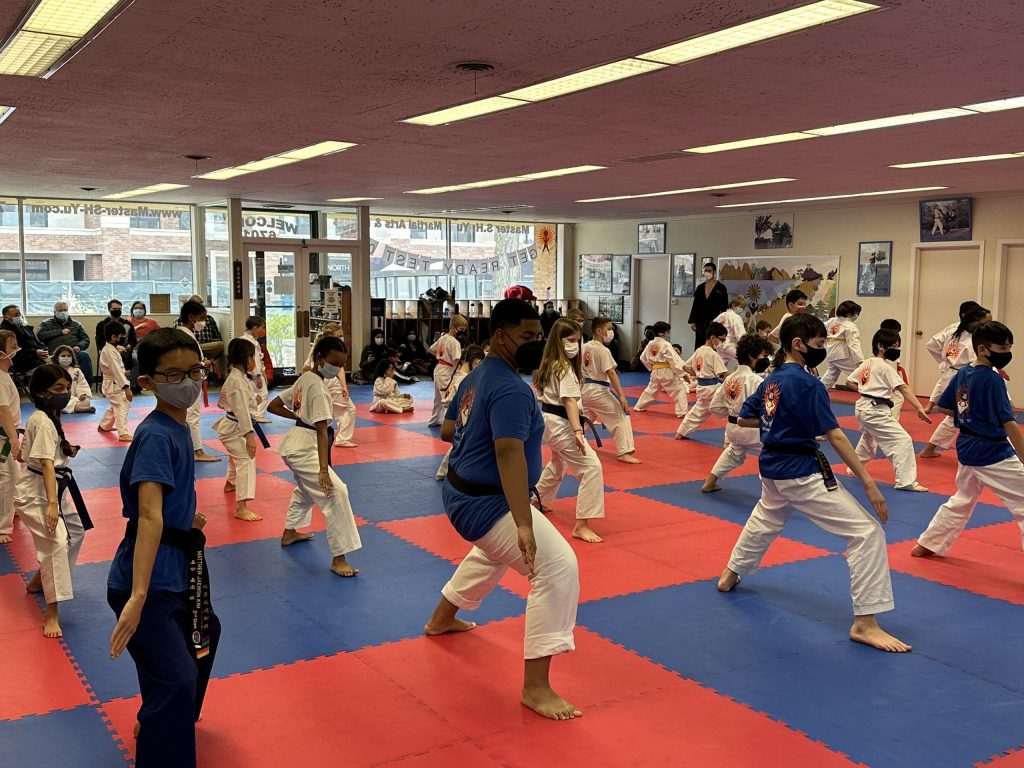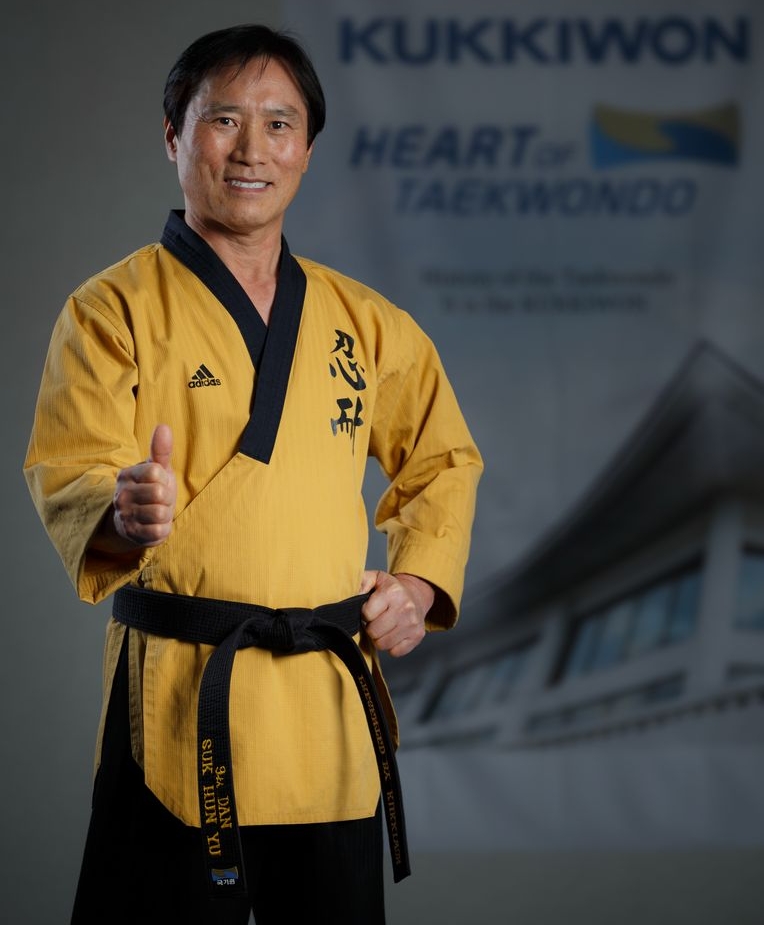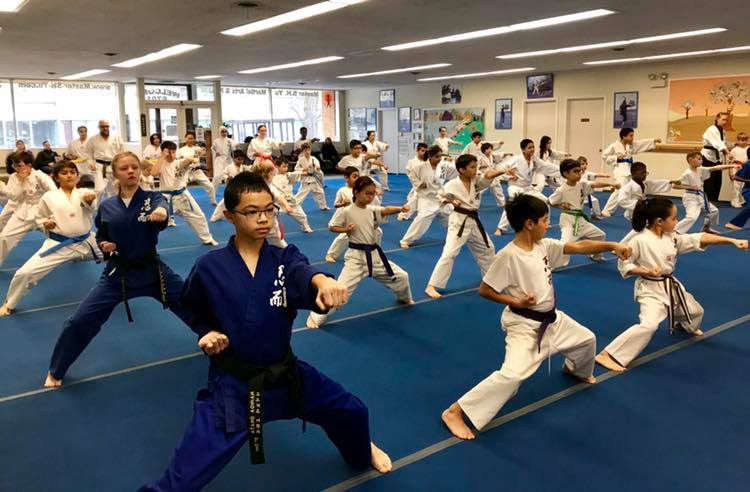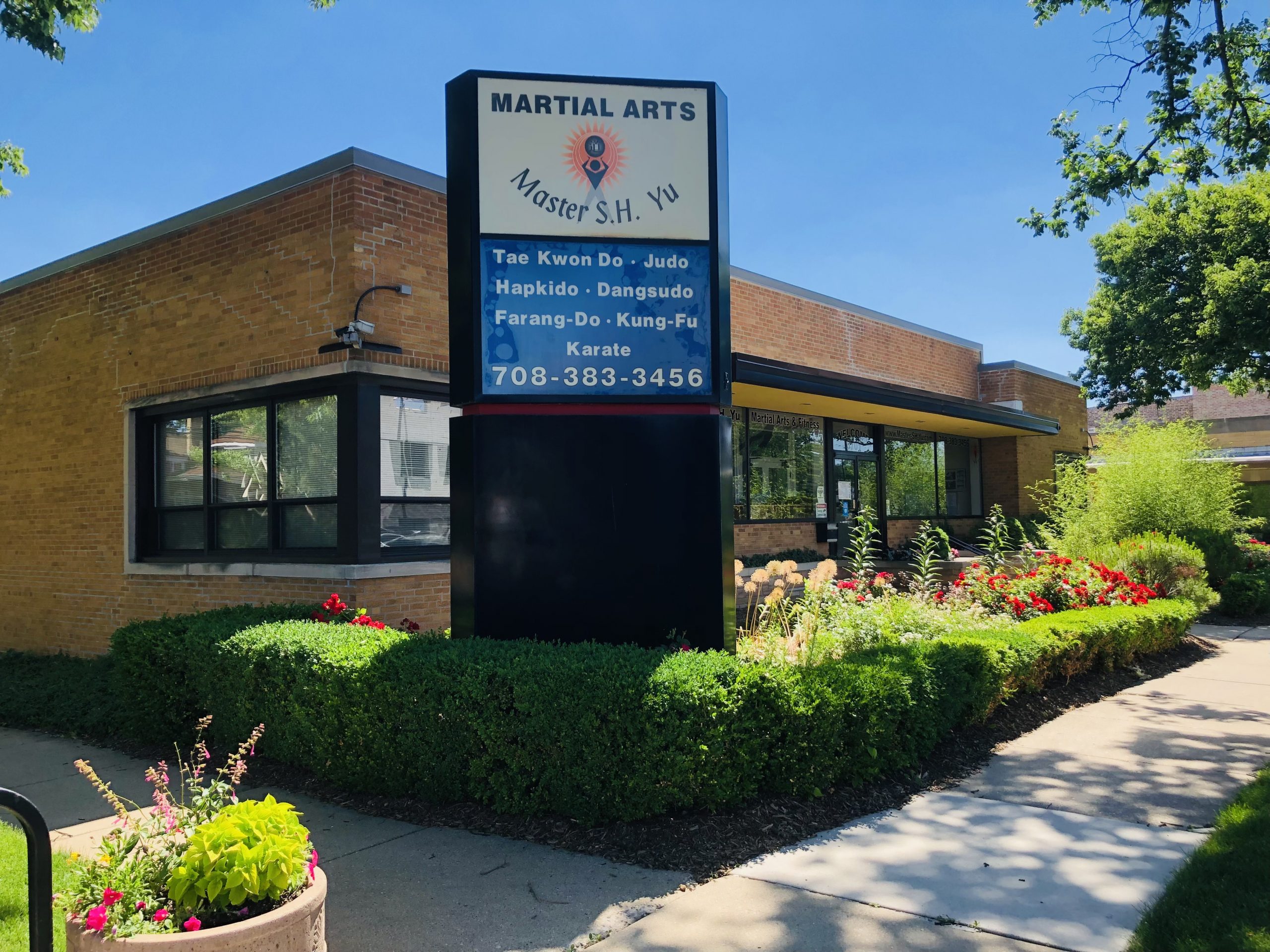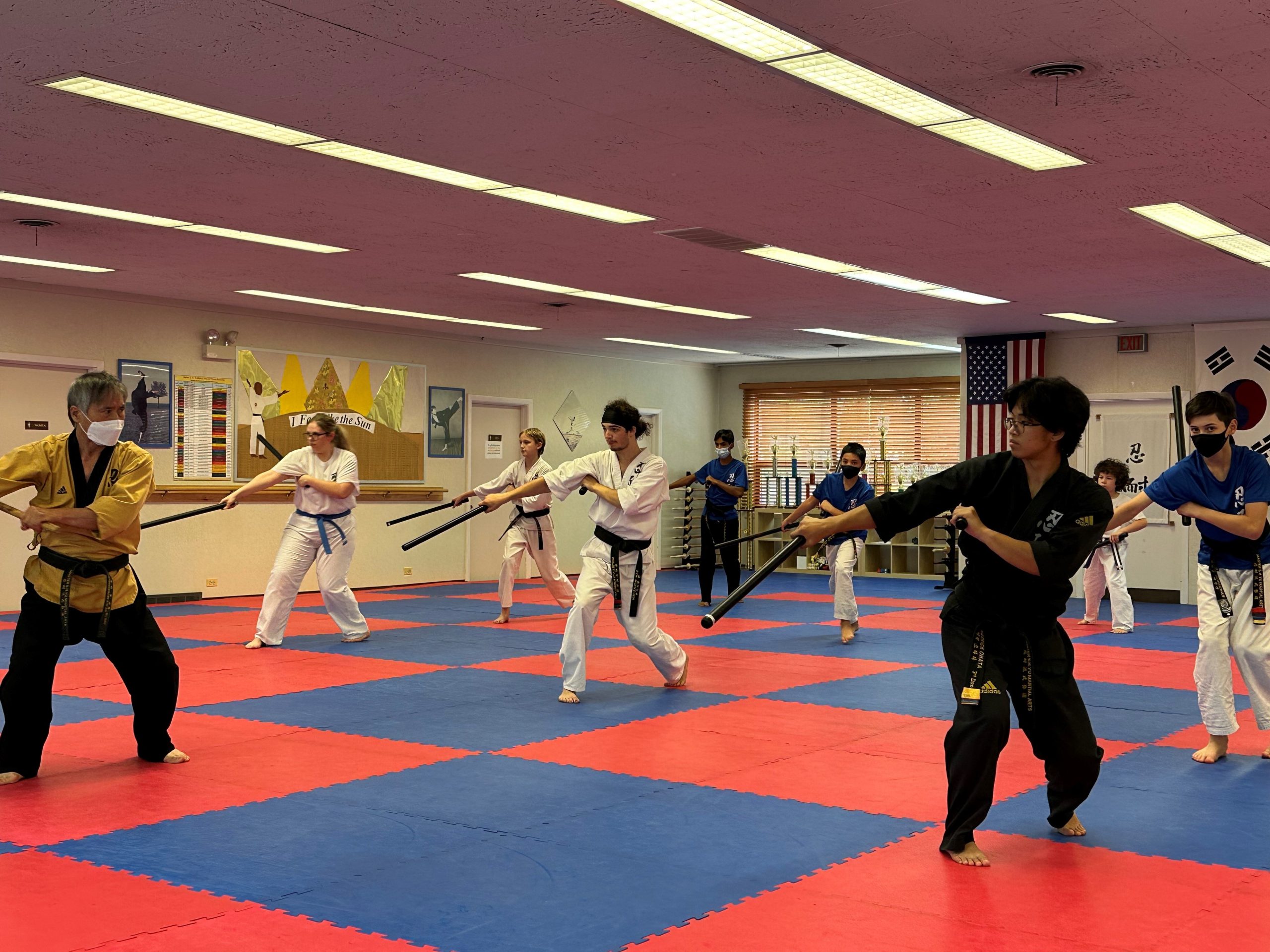
Do You Still Need to Work Out If You Are Doing Martial Arts Training?
Martial arts training is often seen as a complete workout in itself, so do you really need to do additional exercises? Many people wonder if the physical demands of martial arts are enough to keep them fit and in shape. Well, the answer may not be as simple as you think.
Martial arts have gained popularity not only as a form of self-defense but also as an effective way to stay fit. The high-energy movements, kicks, punches, and the overall intensity of the training sessions make it seem like a complete workout. Supplementing martial arts training with a regular exercise program may seem excessive. Ask the following six questions to decide whether an additional exercise routine complements a martial arts class.
Exercising outside of a martial arts class offers numerous health benefits. By working out at the gym, for instance, students develop strength and stamina—both of which contribute to a fit body. As long as additional workouts do not sacrifice flexibility, additional exercise improves a martial artist’s ability.
How often are martial arts classes?
Martial arts students who attend classes once a week are advised to add a regular exercise program to their routine. Similarly, if the martial arts lessons are brief, such as one hour per week, it’s easier to make time for other sports or physical activities.
When martial arts classes consume a significant amount of the student’s time, it becomes less convenient to exercise outside of class. Adding further exercise regimens when martial arts lessons are three times per week may do more harm than good for students who aren’t in peak physical shape.
How intense are the martial arts lessons?
Martial arts classes, like Brazilian Jiu-Jitsu, can be intense, making it difficult to have the stamina to engage in demanding physical exercises the next day. Similarly, when striking martial arts classes involve plenty of aerobic exercise, the student overdoes it by adding an extra cardio routine.
How old is the student?
Older students require more time to recover from moderate and intense physical activities. Age should be a consideration when deciding to add an extra exercise routine. The older a student is, the more they should supplement their training with less-strenuous exercises, like walking and yoga.
A martial arts student’s chronological age, however, is not a universal benchmark for exercise tolerance. Each martial arts student is different in their physical capabilities and should evaluate their physical limits to make the decision to push themselves or maintain a reasonable exercise schedule.
Does the student sleep 7 to 9 hours per night?
A busy lifestyle filled with martial arts classes, a career, and family can reduce a student’s amount of quality sleep. A good night’s rest is a vital component in the body’s ability to recover from the physical stresses of exercise. When sleep is inadequate, limit exercise to martial arts classes.
Do all the muscles receive equal attention?
Sparring or training gives particular—but not all— muscles a good workout. Exercising all muscle groups is a good reason to add an extra element of physical activity to a weekly routine. Most martial arts students engage in some form of cardio training to supplement their studies.
Is weightlifting a part of the exercise routine?
Weightlifters achieve a sculpted physical appearance—however, bulky muscles do not necessarily help a martial artist throw faster punches. In fact, a ripped physique might leave them open to injury. Conversely, weight training can help students gain improved control of their throws.
Be aware that lifting heavy weights during weight training can reduce flexibility. A stiff body is unprepared to effectively engage in martial arts combat. Stick to a high weight and low repetition routine to build strength and resistance in the muscles.
What workouts complement martial arts training?
1. Pullups
Certain exercises are better for improving a martial arts student’s overall physical fitness level without compromising their ability to fight in the ring. Pullups, for instance, are ideal for building upper body strength, especially in the upper back muscles, over time.
2. Pushups
Pushups are another accessible exercise for martial artists and help to build significant arm strength. Striking in martial arts can be improved when the arms are fit and powerful. However, pushups should be done with proper form to prevent injuries.
3. Deadlifts
Building lower body strength can be achieved by performing deadlifts. This type of weightlifting exercise also builds up grip strength and is especially useful for grappling in the martial arts. As with any serious exercise, using the right form is critical to avoiding injuries.
4. Running
An aerobic exercise like running is easier on the upper and lower body than weightlifting. Moderate running can be performed more often than weightlifting, as it does not require the lengthy recovery period needed to repair muscles that break down during weightlifting.
5. Yoga
Yoga can be a gentle exercise that complements the martial arts training of older students. It stretches the muscles and is ideal for martial artists who train intensely, injured individuals, and those in recovery. Yoga increases flexibility in the back muscles and enhances overall martial arts performance.
Likewise, walking is gentle on the body and is a free way to get physically fit. Aerobic exercises, like swimming and cycling, improve endurance, boost lung capacity, and promote overall cardiovascular health. Stick to an exercise routine while you take classes at Master S.H. Yu Martial Arts.
A wide range of complementary exercises are available to students, but one martial arts class provides the training you need to improve your body, mind, and spirit: Master S.H. Yu Martial Arts. We offer quality instruction in a variety of martial arts disciplines, like Karate, Judo, and Tae Kwon Do.
You learn essential self-defense skills in our highly rated self-defense program. World-class instructors teach lessons in Hapkido, Kung Fu, and ancient weapons, among others. Expect to feel greater confidence and awareness of your immediate surroundings as you complete our 12-week program.
Our esteemed martial arts school in Oak Park is open to students of all ages, from kindergarten through adulthood. We are available to provide private instruction, too, in order to give dedicated practitioners an opportunity to hone specific techniques during our tailored, hour-long sessions.
Visit us to learn how training can benefit you. Give us a call at (708) 383-3456 or pre-register online to get started on your martial arts journey.
